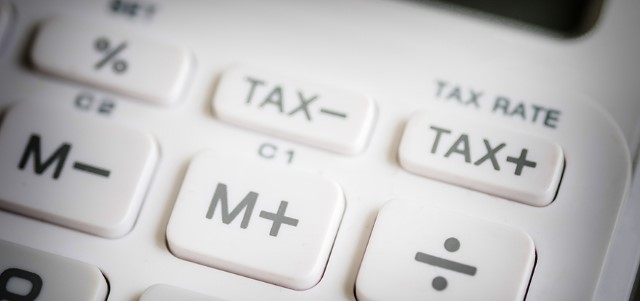Don't Be an April Fool—Required Minimum Distribution Deadline is April 1
Did you turn age 70½ during 2019? If so, in most cases you must start taking required minimum distributions (RMDs) from Individual Retirement Accounts (IRAs) and workplace retirement plans by April 1st, 2020. But with a new law in place, these rules will change for those who didn’t reach that milestone in 2019. Read on for important information about RMDs.
In 2020 and beyond,
for traditional IRAs,
IRS rules mandate
that you take your
first RMD by April 1
of the year following
the calendar year in
which you reach 72
years of age.
The April 1 deadline applies to owners of traditional IRAs (including SEPs and SIMPLEs)—but not Roth IRAs. It also typically applies to participants in various workplace retirement plans, including 401(k), 403(b) and 457(b) plans.
How do I calculate my RMD?
The RMD for any given year is the total account balance in your IRA, or IRAs, as of the end of the immediately preceding calendar year, divided by a distribution period. You can find the distribution period using the IRS's Joint Life and Last Survivor Expectancy Worksheet if your spouse is the sole beneficiary and is more than 10 years younger than you, or the Uniform Lifetime Worksheet for all other IRA owners. Both of these documents are available in Appendix B (Tables II and III, respectively) of IRS Publication 590.
The IRS notes that an IRA trustee must either report the amount of the RMD to the IRA owner or offer to calculate it for the owner—it often shows up in Box 12b on IRS Form 5498. For a 2020 RMD, this amount would be on the 2019 Form 5498 that the IRA trustee normally issues in January 2020.
It's a good idea to check this calculation yourself. You can do so using an online calculator such as FINRA's RMD calculator.
Common IRA-Related RMD Questions
RMD rules can be complex, especially with respect to beneficiary distributions and the correction of miscalculations or missed RMD obligations. For this reason, you may want to consult with a tax professional, especially if this is the first time you are taking a distribution.
Fortunately, some of the most common RMD questions related to IRAs have fairly clear-cut answers. Here are some answers to frequently asked questions:
What are required minimum distributions?
RMDs are minimum amounts that you must withdraw annually from your traditional IRA, 401(k), 403(b) or other retirement savings plan once you've reached the mandatory age for making withdrawals. For traditional IRAs, changes in the law (SECURE Act) mandate that if you turn 70½ years old on or after January 1, 2020, you generally must begin taking RMDs by April 1 of the year following the year that you turn age 72. People who turned 70½ years old in 2019 are not eligible for the law's changes and generally must begin withdrawing money by April 1, 2020.
Can I withdraw more than the minimum required amount?
Yes. However, be aware that the amount of your RMD, as well as any amount that exceeds the RMD, will be considered taxable income except for any part that was taxed before or that can be received tax-free (such as qualified distributions from designated Roth accounts).
If I do take more than the minimum amount, can a distribution in excess of the RMD for one year be applied to the RMD for a future year?
No.
Can I just take the RMD from one account instead of separately from each account?
This one's a little tricky. If you are a traditional IRA owner, you must calculate the RMD separately for each traditional IRA that you own, but can withdraw the total amount from one or more of the IRAs. Similarly, a 403(b) contract owner must calculate the RMD separately for each 403(b) contract that he or she owns, but can take the total amount from one or more of the 403(b) contracts. However, RMDs required from other types of retirement plans, such as 401(k) and 457(b) plans, must be taken separately from each of those plan accounts.
What if I don't take any distributions, or if the distributions I take do not meet the RMD amount?
You may have to pay a 50 percent excise tax on the amount not distributed. That's one very good reason why you don't want to miss the April 1 deadline.
To receive the latest Investor Alerts and other important investor information sign up for Investor News.






